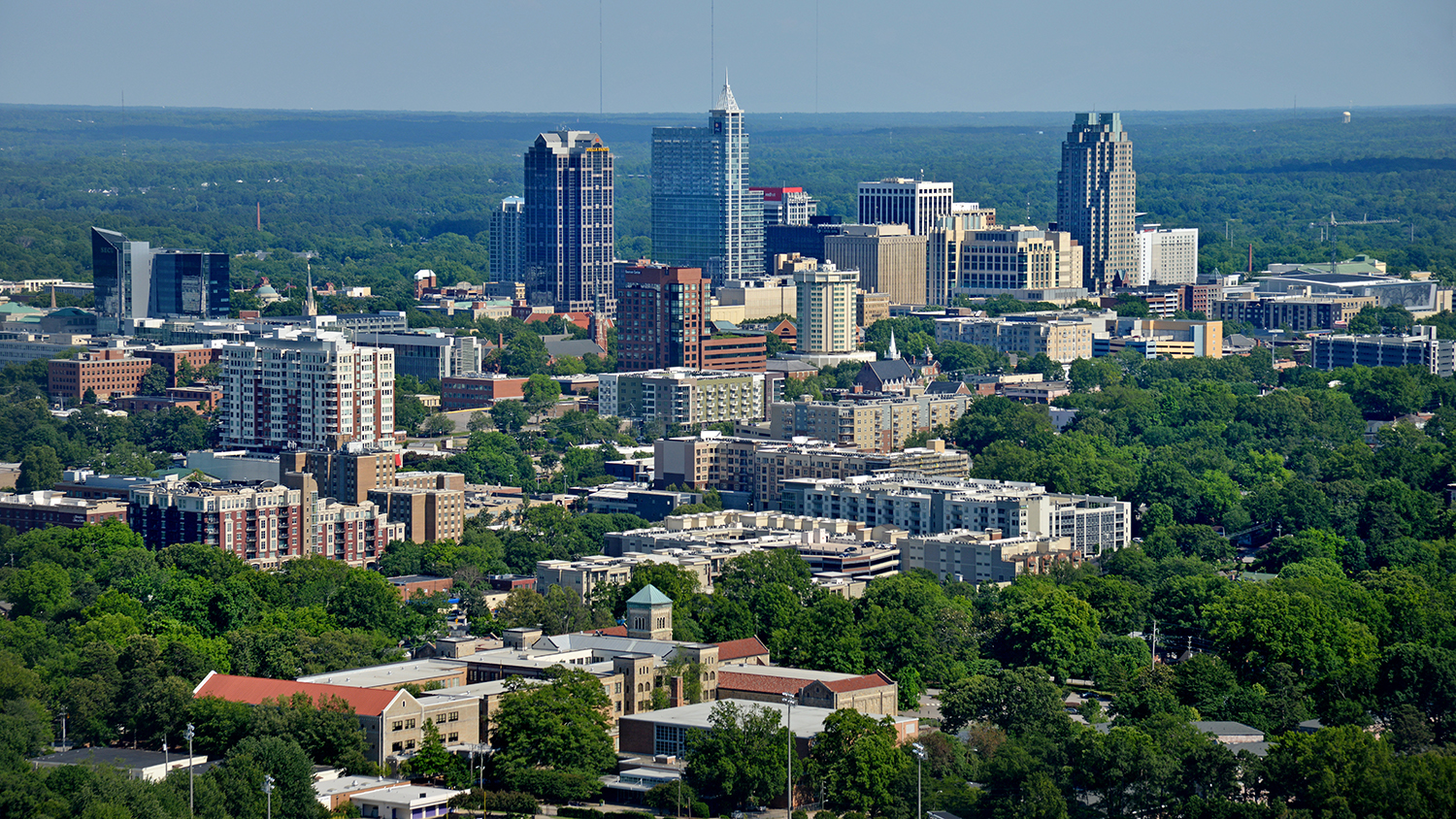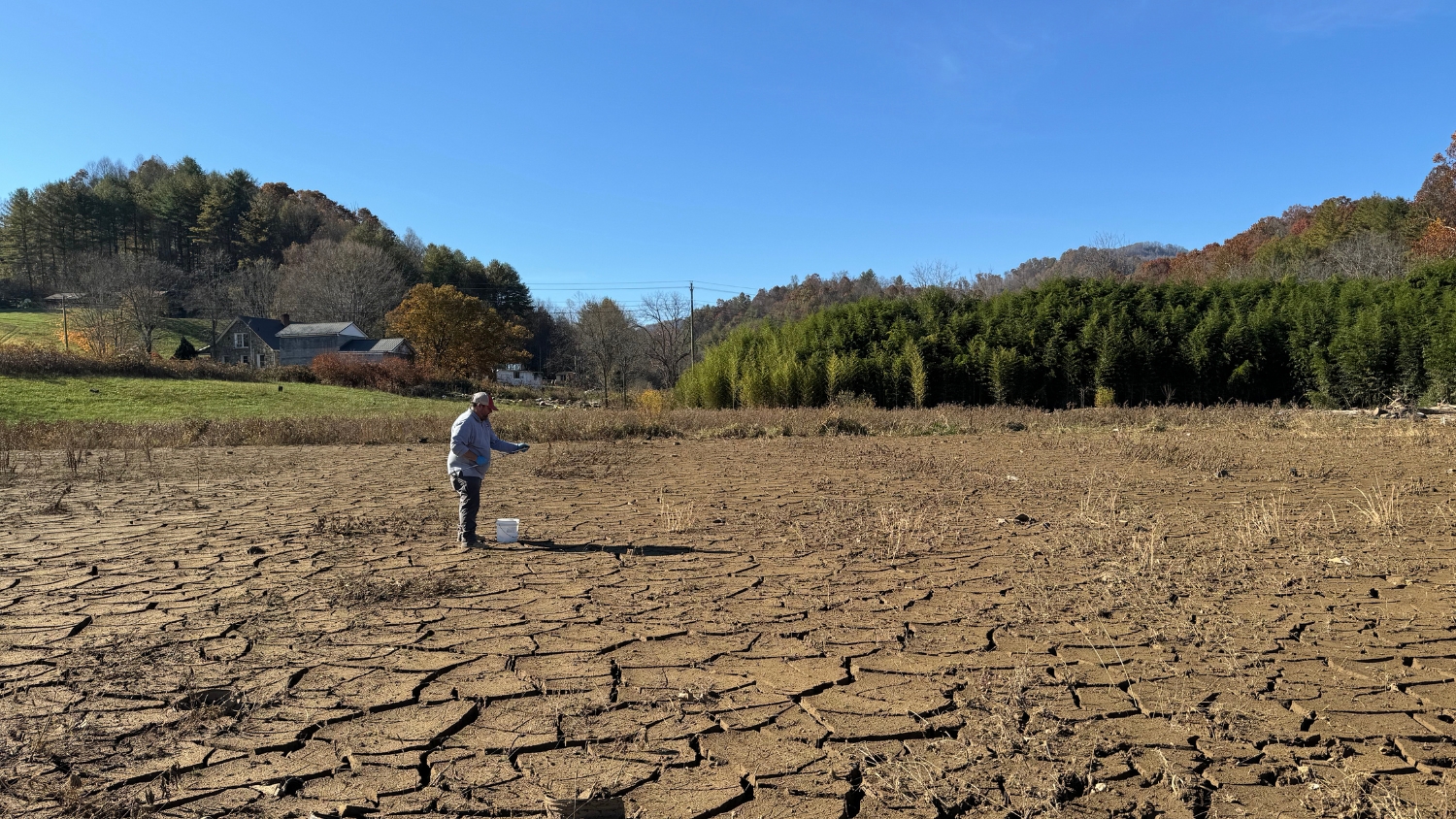You Decide: Can Good Behavior Sometimes Cost You More?

By Dr. Mike Walden
There’s an old saying stating, “no good deed goes unpunished.” I was reminded of it during a recent radio call-in program where I was the guest. The topic was the conservation of resources, like water or electricity, something that is encouraged and applauded.
However, a caller related a story where he conscientiously reduced his water usage during a dry summer, only to be “rewarded” with an increase in the price per gallon he paid. He said since then, he has ignored all calls to conserve.
I understand the caller’s frustration. When we change our lifestyle to achieve a common goal – like reducing water use – most of us wouldn’t expect to pay more. If anything, we’d expect to pay less since we’re using less.
Yet there is a logical explanation based on the peculiar economics of large projects with big up-front costs. To explain, I have to take a short detour into the economics of costs.
Any business contends with two kinds of costs – fixed and variable. Fixed costs can be thought of as upfront costs because they are costs that are spent before the making of any product or service can occur. Consider a restaurant. A facility like a store or a truck must be acquired and equipped prior to any meal being made and served.
Also – and very important – a commitment is usually made to pay the fixed costs of the facility for a certain length of time. The payment can be in the form of rent if the facility and equipment are leased, or in the form of a loan payment if the facility and equipment are bought with borrowed funds. These payments – the fixed costs – are owed regardless of whether the business is successful or not.
In contrast, variables costs only occur as each unit of the product or service is provided. Continuing with the restaurant example, meals are the result of using labor to combine and process food ingredients. The labor and the ingredients are the variable costs. The restaurant can reduce buying ingredients and lay-off some workers if it wants to cut variable costs.
Fixed costs and variable costs differ in relative size for different kinds of businesses. Contrast a gym and a personal trainer. Most of a gym’s costs are fixed costs, mainly in the facility and equipment like weights, treadmills and bikes. The variable costs are the staff who check-in members and incidental costs like water for showering. Even the electricity for lights and the power for heating and cooling the gym are fixed costs because they’re used whenever the gym is open – regardless of how many people are there.
In contrast, the fixed costs of a personal trainer are mainly the costs of certifications the trainer can acquire to demonstrate competence to clients. But in many states – including North Carolina – these are not required by the government, although the client may want them. So the major costs for a personal trainer are the costs of time in working with clients. Since the trainer can set this time at her or his discretion, this is a variable cost.
With this background, I’m ready to reveal the answer to the caller’s complaint about paying for conserving water. The fixed costs for a city to provide clean water to its residents are enormous. To build a typical reservoir and associated piping costs billions of dollars. On the other hand, the variable costs of releasing water from the reservoir through the completed piping system and on to customers are minor in comparison.
In the private economy, businesses with huge fixed costs rely on selling more units so they can spread small parts of the fixed costs over many customers. This is one reason why gyms frequently have promotions to attract new members. Each new member that covers their variable costs and contributes something to fixed costs helps the gym stay in business. If a gym doesn’t earn enough to pay fixed costs, it will quickly go out-of-business.
Therefore, when residents are asked to conserve water and water usage drops, municipal water systems may not collect enough revenues to cover their fixed costs – which mainly are the loan payments on money borrowed to build the reservoir and piping. Unlike a gym however, water systems can’t go out-of-business. They are a public utility, and water is a necessity of life. The only recourse is to raise the rates for using water.
There is another solution. This is to build more water capacity so during dry times conservation may not be needed, but that means more huge fixed costs and additional payments by customers to pay those costs.
The ultimate solution to the apparent contradiction between conservation and cost of water may be technology allowing water reuse directly in a dwelling. Water is used, flushed down a drain, but then cleaned and purified in the home and made available for another day.
I’m not sure everyone is ready for water reuse, but in the future it may be common. In the meantime, the next time there’s a drought and people conserve, don’t be surprised if you end up paying more. But now, maybe you’ll decide – it’s because of those fixed costs. Yet if so, both you and I – like the caller – probably still won’t be happy!
Walden is a William Neal Reynolds Distinguished Professor and Extension Economist in the Department of Agricultural and Resource Economics who teaches and writes on personal finance, economic outlook, and public policy.
- Categories:


